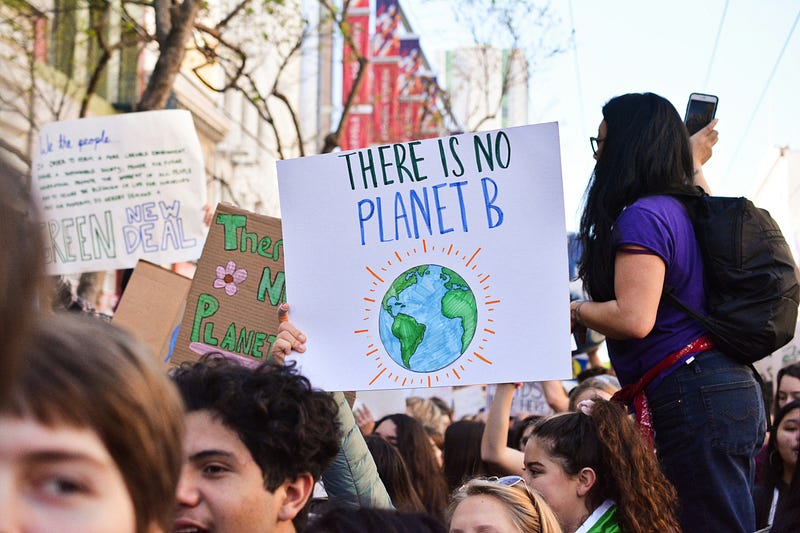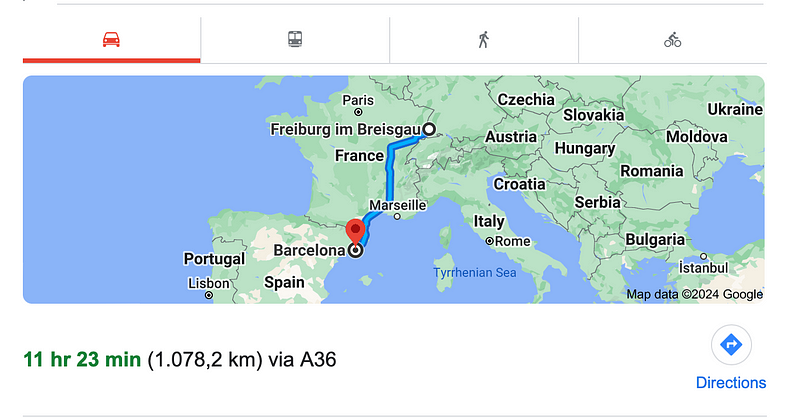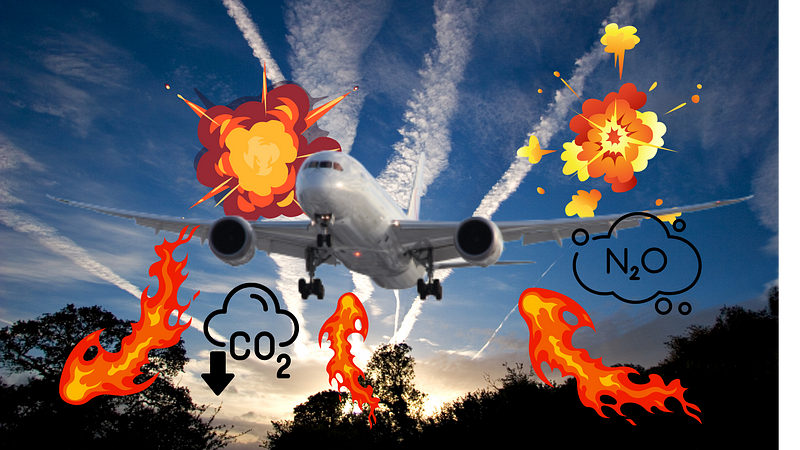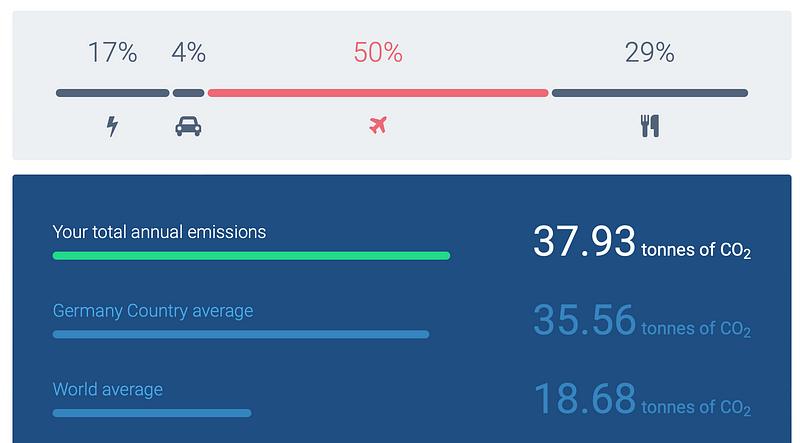# Understanding the Impact of Our Environmental Choices
Written on
Chapter 1: The Importance of Environmental Decisions
Recently, during a lunch discussion with colleagues about an upcoming conference in Barcelona, our conversation quickly shifted to the topic of alternative travel methods that avoid flying. I find this mindset prevalent in Europe, particularly in Freiburg, where many of my German friends prefer not to fly unless absolutely necessary. They often opt for ferries or lengthy train journeys instead.

The quickest flight to Barcelona takes just two hours and costs around €100. I know this from my own experience traveling there last summer; at that time, the thought of taking a train never even crossed my mind. However, my colleagues were unfazed by the fact that train travel from Freiburg to Barcelona is not only more expensive but also takes significantly longer. They truly embody their values, and their daily choices reflect a commitment to sustainability.
According to data from Our World in Data, air travel is responsible for approximately 2.5% of global CO₂ emissions. This figure is relatively low, primarily because a significant portion of the world's population—over 80%—has never taken a flight. A recent Oxfam report highlights that the wealthiest 1% of the global population (around 77 million individuals) produced as much carbon pollution in 2019 as the five billion people in the poorest two-thirds. Furthermore, the report warns that the actions of this affluent group could result in 1.3 million heat-related deaths by 2030. The burden of environmental degradation often falls on impoverished communities, Indigenous peoples, and nations in the Global South.

Reflecting on these issues, I recognize that wealthier nations tend to have higher emissions due to greater access to resources like air travel. Yet, my colleagues, who are academics like myself, exemplify another important aspect: affluent individuals can exercise choice, which extends beyond financial means. They possess the time, flexibility, education, and energy to make environmentally conscious decisions.
After our lunch, I pondered my own habits. I eat a modest amount of meat, do not own a car, and frequently walk or bike around town. I strive to purchase second-hand clothing and utilize energy-efficient appliances. In Freiburg, there are strict recycling rules that require separating trash from compost and recycling materials like glass, paper, and plastic.

Nevertheless, there are complexities. While I may be more eco-conscious than some, my family and I still fly more than our neighbors. Living far from family means we occasionally opt for flights. My son enjoys long, hot showers, and while I know I should limit them, his happiness makes it tough to enforce. I try to shop locally for gifts, but sometimes convenience leads me to make purchases from larger online retailers.
This contrast highlights a significant difference in how Americans, including myself, approach environmental choices compared to many others around the globe.
With the onset of the Ukraine crisis in February 2022, Germany relied heavily on Russian gas, importing 55% of its supplies. The situation escalated when Russia drastically reduced its gas shipments, prompting extensive media coverage and widespread discussions about energy conservation. My German friends reassured me about their use of wood to heat water instead of gas, but I found myself detached from the urgency of their message.

Despite the pressing discussions, I didn't feel personally impacted, which led me to neglect adjusting my lifestyle accordingly. This experience helped me recognize my blind spots regarding certain environmental choices.
Feeling guilty after our lunch talk, I decided to assess my carbon footprint using the United Nations' calculator. It revealed that flying constitutes half of my total annual emissions. Comparatively, my footprint isn't too alarming next to the average for Germany, but when contrasted with the average in Bangladesh, it becomes sobering.

Data shows that the average American emits about 386 kg of CO₂ annually from domestic flights, with similar figures for Australia and other developed nations. In contrast, many countries in Africa and Asia have emissions averaging only 0.8 kg per year.

While aviation serves as a useful indicator of overall environmental behavior, it is just one of many sectors contributing to greenhouse gas emissions.

Everyday environmental choices, such as lawn care, also have significant impacts. The EPA indicates that gas-powered lawn mowers generate 11 times more pollution per hour than a new car. Studies show that an hour of mowing equates to the carbon footprint of a 100-mile car trip. Furthermore, refilling lawn mowers with gas results in millions of gallons of spillage annually, surpassing the Exxon Valdez oil spill.
Recognizing the implications of our daily choices can be daunting but also serve as a catalyst for positive change.
The first video, "Our Choices Matter: Towards a Greener Planet," delves into the importance of personal decisions in creating a sustainable future. It emphasizes the collective power of individual actions in combating climate change.
The second video, "How to Make Better Decisions" by Dr. Joe Arvai, provides insights into improving decision-making processes, particularly regarding environmental impact.
In my next piece, I will explore how plants and soil can absorb significant amounts of CO₂ emitted by human activities and highlight the best practices for enhancing carbon absorption.